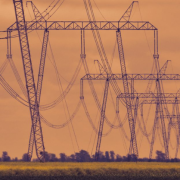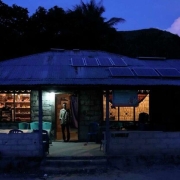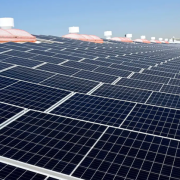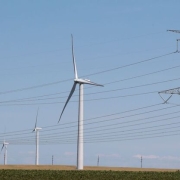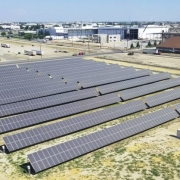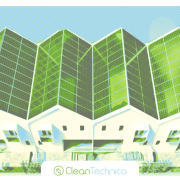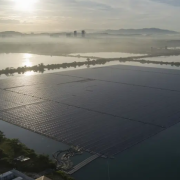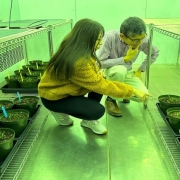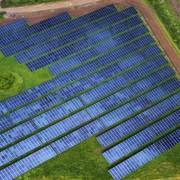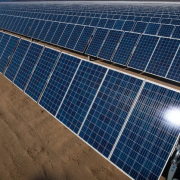The U.S. government is greenlighting a proposed multibillion-dollar transmission line that would send primarily wind-generated electricity from the rural plains of New Mexico to big cities in the West.
The Interior Department announced its record of decision for the SunZia project Thursday. It comes about a year after an environmental review was completed as part of a broader effort by the Biden administration to clear the way for major transmission projects as it looks to meet climate goals and shore up the nation’s power grid.
The SunZia transmission project in New Mexico has been more than a decade in the making. The U.S. Defense Department and others initially raised concerns about the path of the high-voltage lines, prompting the developer to submit a new application in 2021 to modify the route.
Click here to read the full article
Source: AP News
—
If you have any questions or thoughts about the topic, feel free to contact us here or leave a comment below.

